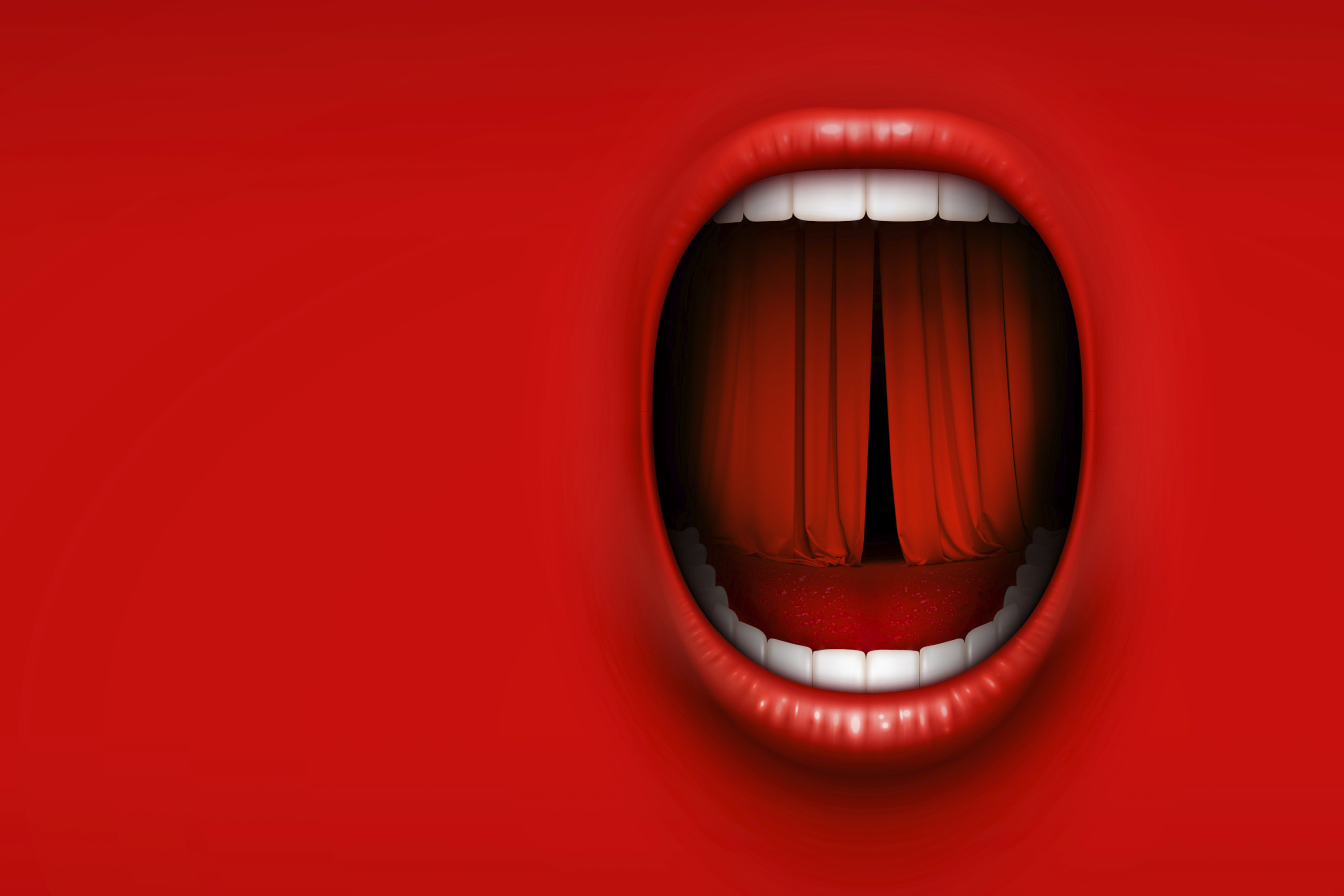
GermanLateNight
13 May 2018, 9 p.m.
In Brief
Operas in German, with Hungarian surtitles
The Long Christmas Dinner; The Overture to Der fliegende Holländer; Back and Forth; Sancta Susanna
The Overture to Der fliegende Holländer will take place in the inner courtyard of the museum building following a short intermission.
Details
- Location
- Kiscell Museum
- Date
- May 13, 2018
- Start time
- 9 p.m.
- End time
- 11:30 p.m.
Synopsis
The Long Christmas Dinner
The Long Christmas Dinner takes place in the dining room of an American family, the Bayards, and spans 90 years of the clan’s existence as it shows each of their family Christmas dinners over that time. Although the characters indicate the passage of years through their acting and the symbolic use of certain props, the cycle of life remains essentially constant. The characters enter the stage through a door of birth and, when their time is up, exit through the door of death.
This piece was first performed in German in Mannheim in 1961, then it was premiered in English at the Juilliard School of Music in 1963, under the baton of Hindemith himself. The libretto was translated into German by the composer himself. The 1931 play by Thornton Wilder on which the opera was based was very influential in its era. The famous breakfast scene in the Orson Welles film Citizen Kane, for example, was inspired by Wilder’s play.
The Overture to The Flying Dutchman
for String Quartet as Sight-read by a Bad Spa Orchestra at 7 in the Morning by the Well
(für Streichquartett, wie sie eine schlechte Kurkapelle morgens um 7 am Brunnen vom Blatt spielt)
Hindemith's 1925 parody overture is not the only musical joke in the composer's ouevre. As the title itself suggests, the work however, was more than a cheeky distortion of Wagner's original: in its own era, it was an audacious provocation against the increasingly politicised cultural currents that idolised Wagner.
The GermanLateNight programme will feature that original work for string quartet, now supplemented with a double-bass, in an unusual venue: the courtyard of the Kiscelli Museum. To complete the experience, a choreography created especially for the occasion that makes use of Hindemith's brashness to inquire about the seemingly solid values of our cultural identity.
Back and Forth
Hindemith’s youthful pieces from the 1920s were deeply imbued with a sense of the grotesque. A perfect example for this is the parody-like Hin und zurück, which places humour at the forefront. Shorter than a quarter-hour in length, this scintillating, lively and at the same time satirically sketch-like scene was premiered in 1927 in Baden-Baden. It tells how a letter from the wife’s lover shatters the harmony of an apparently idyllic marriage: the story then goes on to tell us about a jealous murder and a penitent suicide which do an about-face halfway through thanks to some “higher power”, allowing everything to be sorted out in the end.
Sancta Susanna
Paul Hindemith is one of the most important composers of the 20th century’s music literature. Legendary for the rapidity with which he worked, Hindemith took all of 17 days to write Sancta Susannna, which was premiered in Frankfurt. August Stramm gave the subtitle “A Song at Night in May” to the expressionist libretto, which verged on blasphemy. The premiere stirred up an enormous scandal, which naturally enhanced Hindemith’s popularity, since the work broached a rather delicate subject by depicting on the stage the tension between the vows of chastity taken by Roman Catholic nuns and their repressed sexual desires.